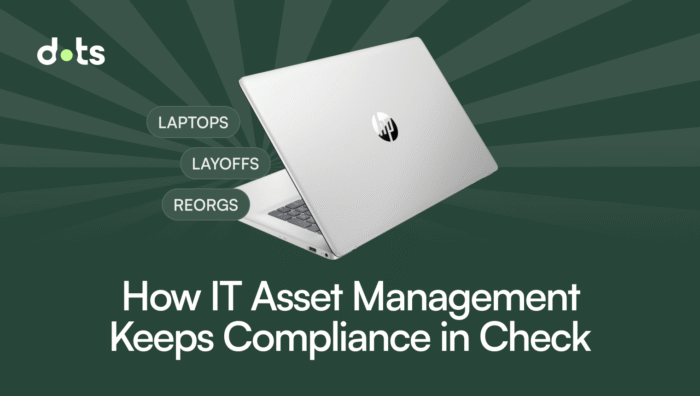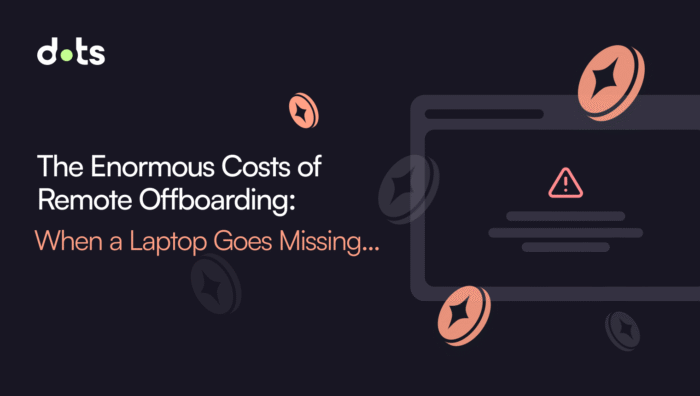As the world of IT infrastructure management continues to evolve, staying ahead of the curve is no longer optional but essential. A few of the tools shaking up the industry are ChatGPT and Claude, as well as IT automation software such as Make and n8n.
With their ability to streamline communication, automate tasks, and provide real-time support, IT teams have already integrated them into everyday work. But alongside the hype lies a growing concern: Are these AI assistants genius allies or a potential compliance landmine? Let’s take a look at that.
The Rise of AI in IT Infrastructure Management
IT infrastructure management means overseeing and maintaining essential tech systems, from servers and networks to data storage and security. With increasing complexity and the rise of hybrid work environments, many IT managers view AI tools like ChatGPT as useful. Whether it’s automating repetitive tasks, assisting with troubleshooting, or generating configuration scripts, GPT-based tools turn out to be quite efficient.
In fact, IT professionals are already using AI for system documentation, ticket triage, and even drafting internal knowledge base articles. In combination with IT automation software, AI has the ability to create a more responsive IT service delivery model.
Productivity Booster or Compliance Pitfall?
Unfortunately, it’s not all smooth sailing. Yes, GPT tools can enhance productivity, but they also introduce new compliance risks. One of the biggest concerns? Data privacy.
Companies often deal with sensitive data (network diagrams, passwords, user credentials, and internal documentation). Feeding any of this into a public AI model can expose proprietary information or violate regulations such as GDPR or HIPAA. It’s so easy to overlook the implications of what’s being shared, even when prompts seem harmless at first glance.
As IT experts point out, things like API keys, company financials, or client data should never be entered into ChatGPT. However, in a fast-paced IT environment, people might be inclined to use AI to speed up tasks, ignoring sensitive data.
A Balanced Approach for IT Managers
So, how can IT leaders harness the benefits of GPT without compromising compliance?
- Set clear AI usage policies – Define what data can and cannot be shared.
- Use enterprise-grade AI solutions – Some providers offer secure, private instances of GPT for business use.
- Integrate with trusted IT automation software – This allows teams to benefit from automation without exposing critical data to external systems.
- Provide training – Ensure your IT staff knows the risks and best practices for interacting with AI.
Is GPT the Future of IT Infrastructure Management?
The answer might be somewhere in the middle. AI tools like ChatGPT are undeniably changing how IT departments operate, making IT infrastructure management more dynamic and efficient. But to fully capitalize on these tools, IT leaders must pair innovation with responsibility.
As we move forward, the key will be to view AI not just as a smart assistant but as a tool that requires guardrails and governance.
Curious how your team can safely integrate AI into your workflow? Visit Dots today to explore how our platform and cutting-edge IT automation software can support your digital transformation securely and intelligently.





